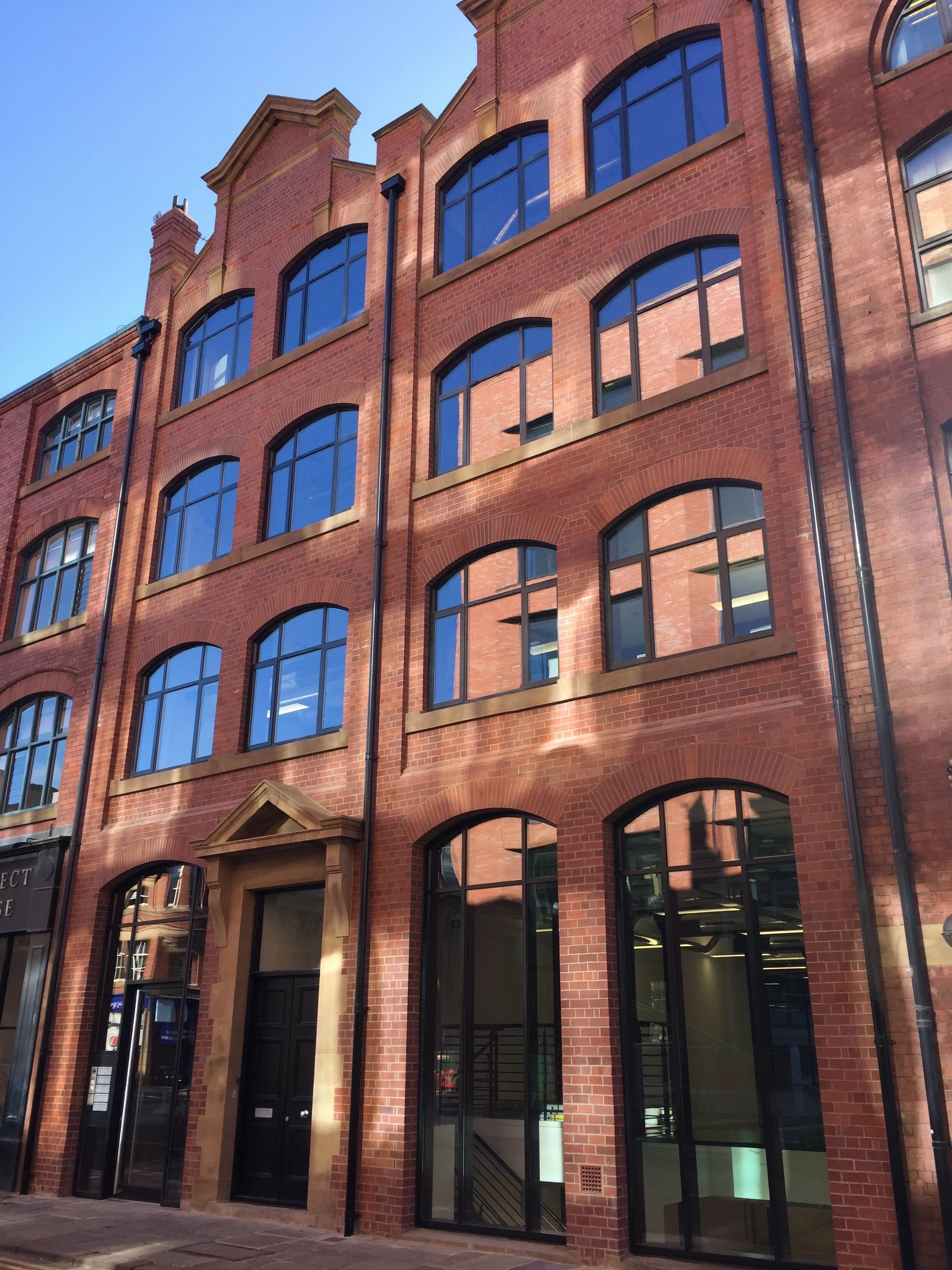
The Goodsyard's developer unveils plans for mixed-use property scheme in Shoreditch
The joint venture between Hammerson and Ballymore has launched updated proposals for the regeneration of the Bishopsgate Goodsyard to create a 10-acre, mixed-use urban quarter in Shoreditch.
Tomorrow (November 8), the developers - working with FaulknerBrowns Architects, Buckley Gray Yeoman, Spacehub, and Chris Dyson Architects - will launch a consultation with the local community on the updated proposals for developing The Goodsyard site, which has been derelict since a fire in the 1960s.
With the removal of the two high-rise residential towers, the revised approach allows for lower building heights and a focus on flexible workspace and the creative industries.
Tony Coughlan, development manager of Hammerson, said: “The Goodsyard is a highly challenging site with a large number of constraints and comes with a fascinating history.
“Our updated proposals respond positively to feedback on our planning applications and previous community consultations and constructive conversations with the GLA and the local boroughs.
“The revised plans will form part of Hammerson’s City Quarters concept announced earlier this year and will provide over 10,000 jobs along with a vibrant mix of uses and reduced density, while preserving and showcasing the site’s unique heritage and character.”
Overall the scheme now provides a reduction of 1m sq ft of development providing a lower density scheme with a greater diversity of uses, focusing on creative sectors.
This includes 1.4m sq ft of offices and workspace, 175,000 sq ft of retail and a 250-300 bed hotel. A destination building for cultural space on Brick Lane is also proposed, as well as exhibition space along the historic London Road beneath the elevated park.
The plans also include an increased amount of public realm with 5.9 acres at ground and as part of the proposed park on top of the historic Braithwaite Viaduct.
This will include a diverse mix of imaginative landscaped spaces, as well as cafés, restaurants and a hotel, creating active uses as part of the extended ‘high-line’-style walkway.
The 2014 proposals also included a series of tall residential towers along Sclater Street, which have now been replaced with seven to 14 storey mansion blocks.
The plans include up to 250 homes and at least 35 per cent of these new homes will be affordable.
Looking to promote your product/service to SME businesses in your region? Find out how Bdaily can help →
Enjoy the read? Get Bdaily delivered.
Sign up to receive our popular morning London email for free.








 Why investors are still backing the North East
Why investors are still backing the North East
 Time to stop risking Britain’s family businesses
Time to stop risking Britain’s family businesses
 A year of growth, collaboration and impact
A year of growth, collaboration and impact
 2000 reasons for North East business positivity
2000 reasons for North East business positivity
 How to make your growth strategy deliver in 2026
How to make your growth strategy deliver in 2026
 Powering a new wave of regional screen indies
Powering a new wave of regional screen indies
 A new year and a new outlook for property scene
A new year and a new outlook for property scene
 Zero per cent - but maximum brand exposure
Zero per cent - but maximum brand exposure
 We don’t talk about money stress enough
We don’t talk about money stress enough
 A year of resilience, growth and collaboration
A year of resilience, growth and collaboration
 Apprenticeships: Lower standards risk safety
Apprenticeships: Lower standards risk safety
 Keeping it reel: Creating video in an authenticity era
Keeping it reel: Creating video in an authenticity era